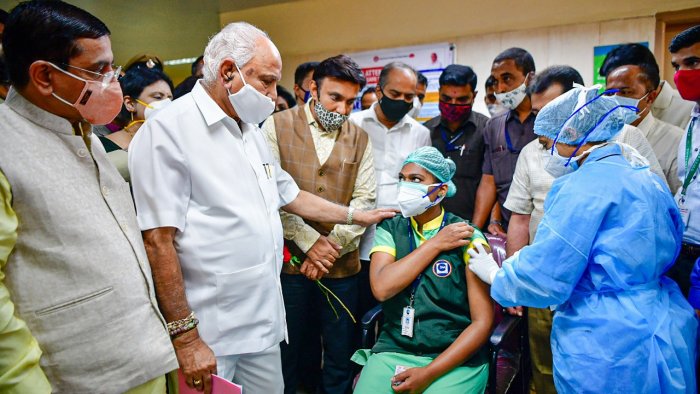
Large population still vulnerable to coronavirus: ICMR national serosurvey
A large proportion of India’s population remains vulnerable to the novel coronavirus, according to the third Sero Survey conducted by the Indian Council of Medical Research.

The Ministry of Health on Thursday said the survey has found that 21.5 per cent of the population, surveyed between December 17 and January 8, showed evidence of past exposure to the virus
A large proportion of India’s population remains vulnerable to the novel coronavirus, according to the third serosurvey conducted by the Indian Council of Medical Research.
The Ministry of Health on Thursday said the survey has found that 21.5 per cent of the population, surveyed between December 17 and January 8, showed evidence of past exposure to the virus. A large population still remains vulnerable and vaccination is necessary, the ministry said.
At 31.7 per cent, urban slums reported the highest seroprevalence, the ministry said. They had reported the highest seroprevalence in the last survey as well, with population density, coupled with high mobility and challenges in safe distancing and hand hygiene, being key driver of the spread of infection.
The ministry said India’s COVID-19 cumulative positivity rate is 5.42 per cent now and showing further signs of declining. The positivity rate last week was at 1.82 per cent, it said.
In the past three weeks, 47 districts have not reported any new Covid-19 case, the ministry said. Two-hundred fifty-one districts have not registered any Covid deaths during the same period, it said.
Nearly 46 lakh people have received Covid vaccines, the ministry said, adding 1,239 private facilities and 5,912 public ones are being used as immunisation sites.
Tamil Nadu, Assam, Jammu and Kashmir are among the 11 states and Union territories to vaccinate 30 per cent of their health workers against COVID-19.

